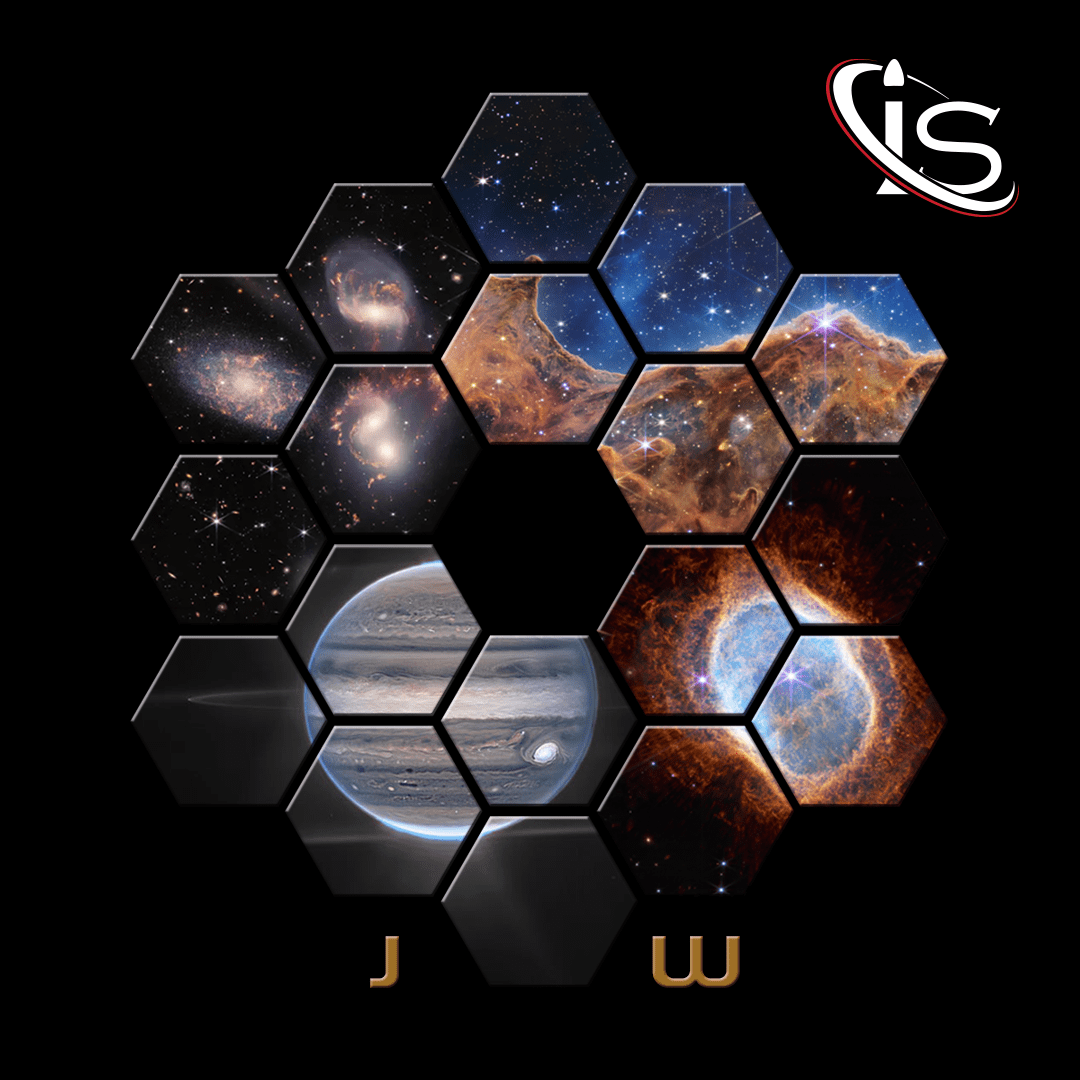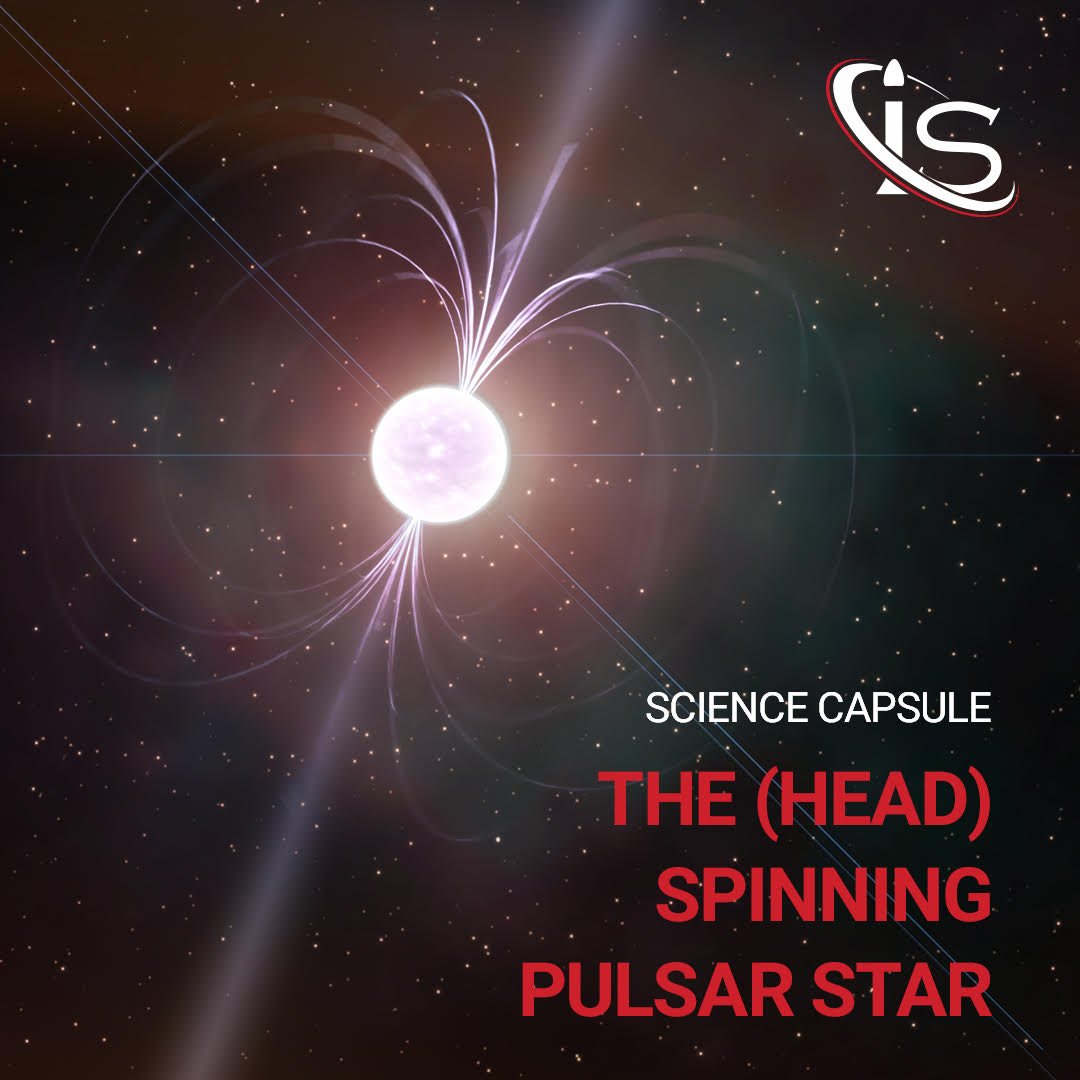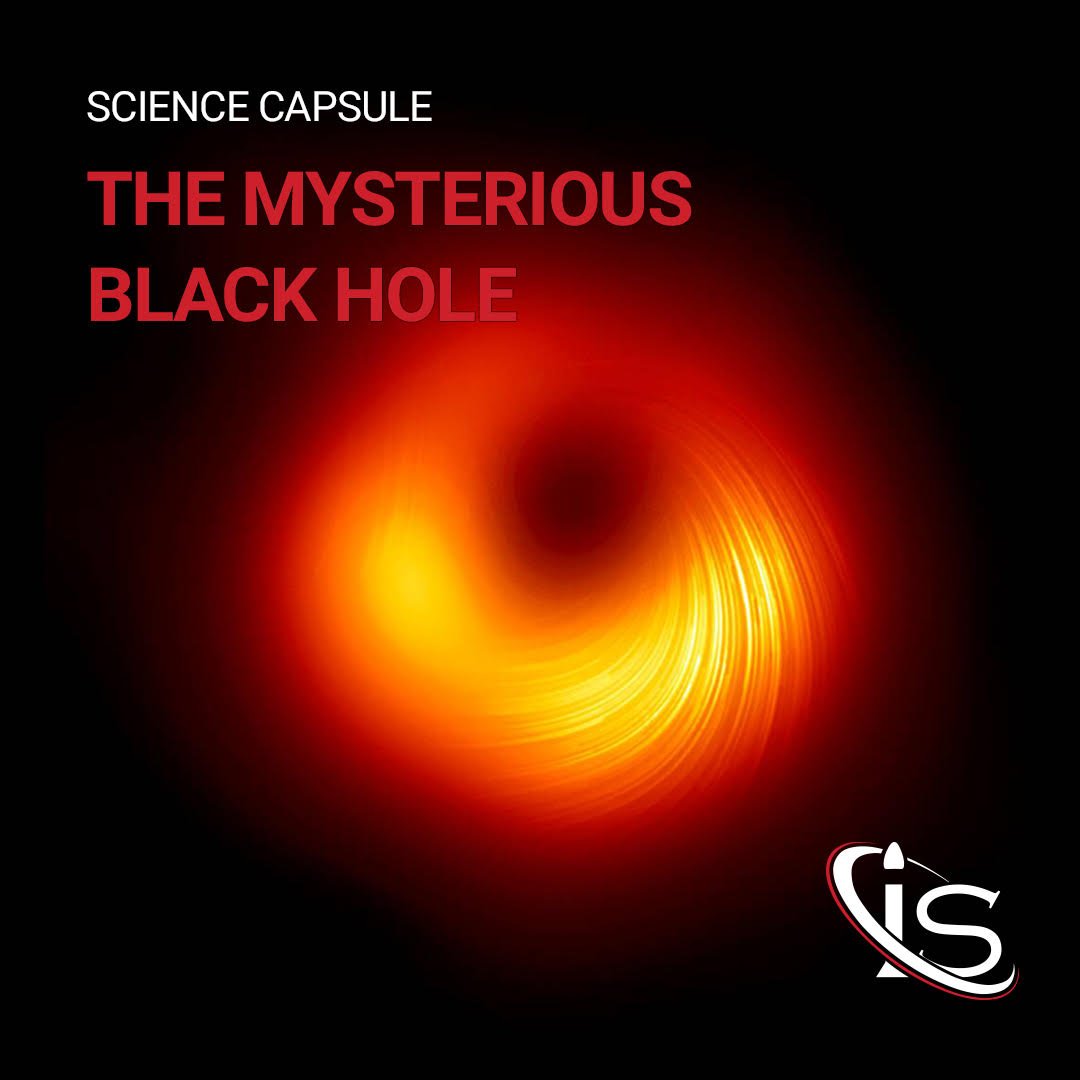Welcome, everyone, to another science capsule. Today’s focus will be entirely on an oft overlooked feature of space: space dust. Also known as cosmic dust, this small (but very prominent) presence can be observed throughout the cosmos and even makes appearances, here, on Earth. So, strap in as we take a look at what space dust is, where to find it, and how to work with/around it.
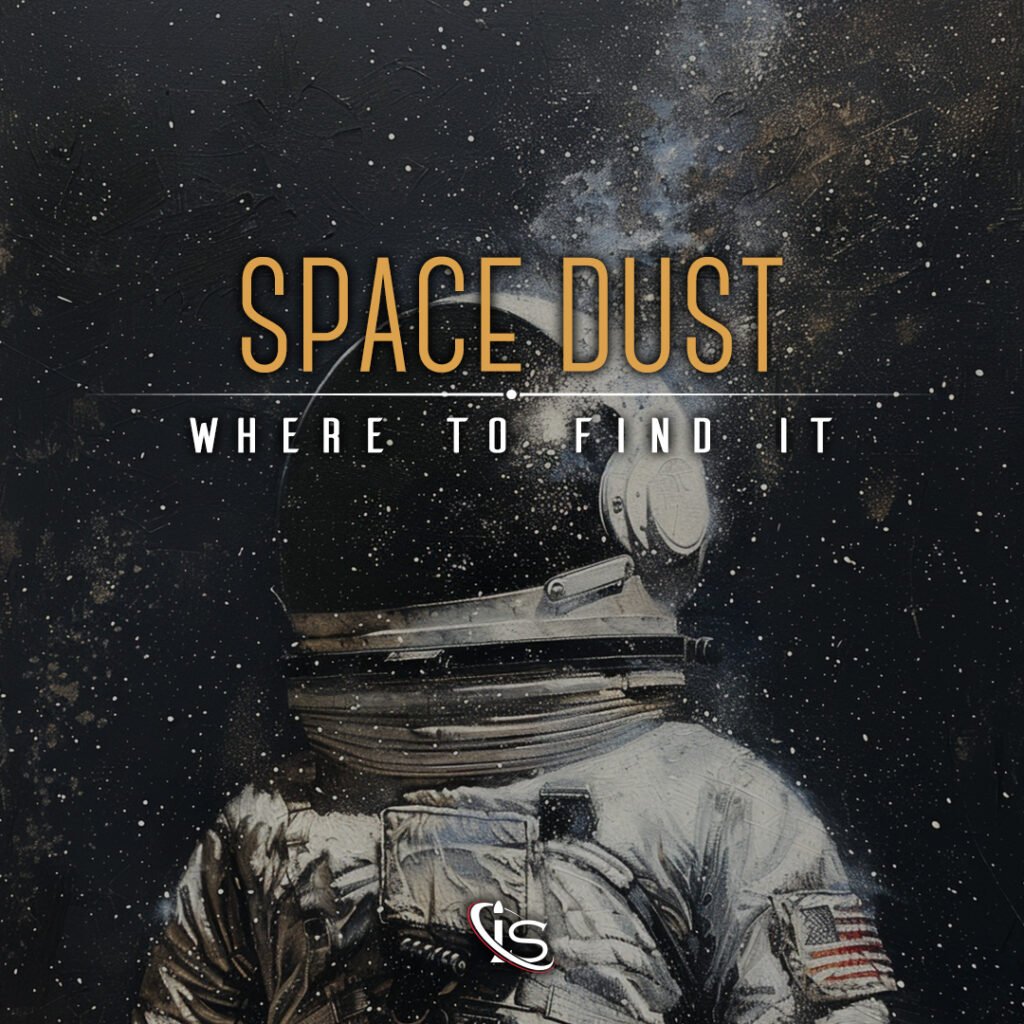
Space Dust: The Basics
Let’s start off with a question that may seem obvious but is actually much more nuanced than one might think. What exactly is space dust? The answer: it depends. As some of you might have guessed, there is no one compound that always makes up space dust. There are, however, four main types: ice, rock, minerals, and organic compounds, with the average size coming in smaller than a grain of sand. The last one, in particular, should pique everyone’s interest. Because, yes, the same materials that make up us humans, are also present in the space surrounding our planet. And while that is not the most shocking of discoveries out there, it does lead to an interesting point. Where does space dust (and the substances that make us human) come from?
The Recycling of the Universe
For those of you who have been following us for a while, you might remember the capsule we did on the Life Cycle of Stars. In it, we touched on many topics, not the least of which was how stars form. And space dust has just about everything to do with that. But what is, perhaps, even more interesting is that it is not only connected to the forming of stars but to their end, as well. Let’s analyze this topic a bit more.
When a star nears the end of its life cycle, it starts emitting some of the material that composed it, outward. Depending on the size of said star, this can lead to a much more violent expulsion of material, known as a Supernova, or to very strong Stellar Winds. And this material is none other than space dust. Well, to be exact, it starts off as gas and then becomes space dust as the gas cools.
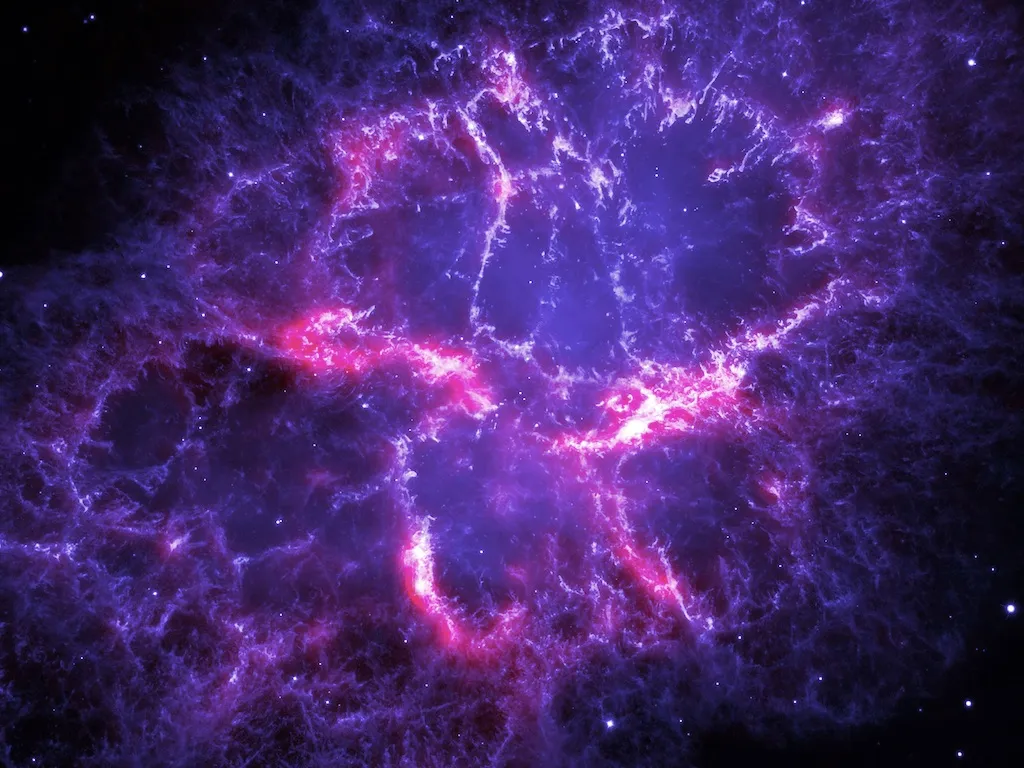
So, that is how space dust is formed. Or, at least, those are the most prominent ways. However, if that is the case, how is it also connected to the formation of stars? Well, the answer is that space dust functions as a kind of recycling… cycle for the Universe. The gas and dust that are scattered by stars can form interstellar clouds known as nebulae. These can form lightyears away from the original star and are what, eventually, give birth to new stars. Of course, this is a bit of an oversimplification of the whole process. For anyone wanting to go more in depth, you can check out the capsule we mentioned before, which goes into much greater detail on star formation.
The Original Source
There is still one question left to answer before we move on to the next section. And that is, where did the dust to form the first stars come from? And while the answer is not necessarily surprising, it is still something I believe to be worth pointing out: the Big Bang. Yes, the original explosion, which was much more powerful than anything we can concretely fathom, is the source of the material for the first stars. And galaxies. And planets. Well, realistically, it’s just the source of everything, as the whole “matter is not created nor destroyed” concept would dictate. And that physical law is why the Universe being able to recycle matter is so crucial.
Space Dust: Friend or Foe?
Now that we have established what space dust is and how it functions, let’s talk about the uses it has in the exploration of space. For a long time, these microscopic particles were seen as a bit of a nuisance when it came to studying the cosmos. That is because light would reflect off them, leading to astronomers having a harder time studying faraway objects. At least with the tools they had at their disposal at the time. And while that is certainly something to consider when setting up a telescope, studying space dust, itself, is most definitely a worthwhile endeavor.
Driven by Space Dust
How worthwhile you may ask? Enough so that Brian May centered his doctoral thesis around studying the Zodiacal Dust Cloud! And yes, this is THAT Brian May. The legendary guitarist for Queen, Brian May. Who, between his musical talent and scientific curiosity, has got to be one of the most fascinating people to have ever graced this Earth. Yes, I love Brian May and Queen. Yes, I am biased. No, this was not an unnecessary tangent. In fact, the phenomenon studied by Brian in his thesis, Zodiacal Light, will come up again in this very capsule.

But let’s get back to the topic at hand. What benefits are there to studying space dust?
Studying Space Dust and the Infrared Revolution
Like I said before, it is not that space dust no longer “gets in the way” of observing the cosmos. After all, one of the benefits of a space telescope is that it has to deal with less interference than a terrestrial one. And while the difference in interference there is mostly the lack of man-made pollution (both from gases and artificial light), space dust does have similar effects on our observations.
However, the benefits of studying these particles far outweigh the interference they may cause. Because it is only by studying this cosmic dust that we can get a full picture of our Universe. Although, this has really only been made possible with the introduction of machines designed to detect infrared radiation. Before this, studying space dust — particularly far away — was not as simple. But now that the technology is available, the study of this area of astronomy has become more and more prominent. In fact, it is very reductive to study a celestial object without taking into account the cosmic dust around it. Especially when it comes to larger objects such as galaxies. Just take a look at the Andromeda one captured in infrared below. Without the spirals of space dust, we would not even have half the picture (both literally and figuratively).

Space Dust in Our Backyard
Before ending today’s capsule, I thought it would be fun to see some examples of space dust in our galactic “neighborhood”, the Solar System. The most famous example is, of course, Saturn, with its rings being entirely made up of these small particles. While these are mostly ice particles, there are some originating from meteorites, which scientists believe are gradually making the planet’s rings darker.
Another example is our very own planet. Not only is there space dust all around Earth — which scatters the sun rays to create a cone of light when the sun is rising or setting — but some of that dust also falls on the planet’s surface. And not just some. A lot. In fact, over 100 tons of space dust fall on our planet every day. As for the cone of light, that phenomenon is known as Zodiacal Light and, as everyone of you knows by now, is the center of a certain someone’s thesis. As you can imagine, there is a lot more to discuss about this fascinating topic. However, for now, suffice it to say that the dust that causes it is mostly due to ice particles from icy comets.
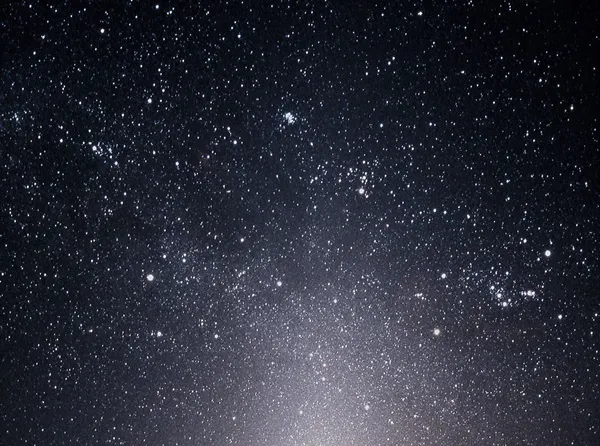
Of course, these are just two of the examples of space dust in our Solar System. Many more can be observed throughout Earth’s neighborhood. But they should still give an idea of just how ever-present these particles truly are.
Another Article Bites the Dust
And with that, I leave you for the day. I sincerely hope that you enjoyed learning more about this topic that is often overshadowed by more “glamorous” ones. And I hope that you will join me in appreciating just how crucial space dust really is to our understanding of the Universe. And in appreciating Brian May and Queen. Sorry, but I had to get one more reference in there. It is not every day that you can combine studying space with the best band of all time. Hope to “see you” all in the next capsule, right here, at impulso.space.




